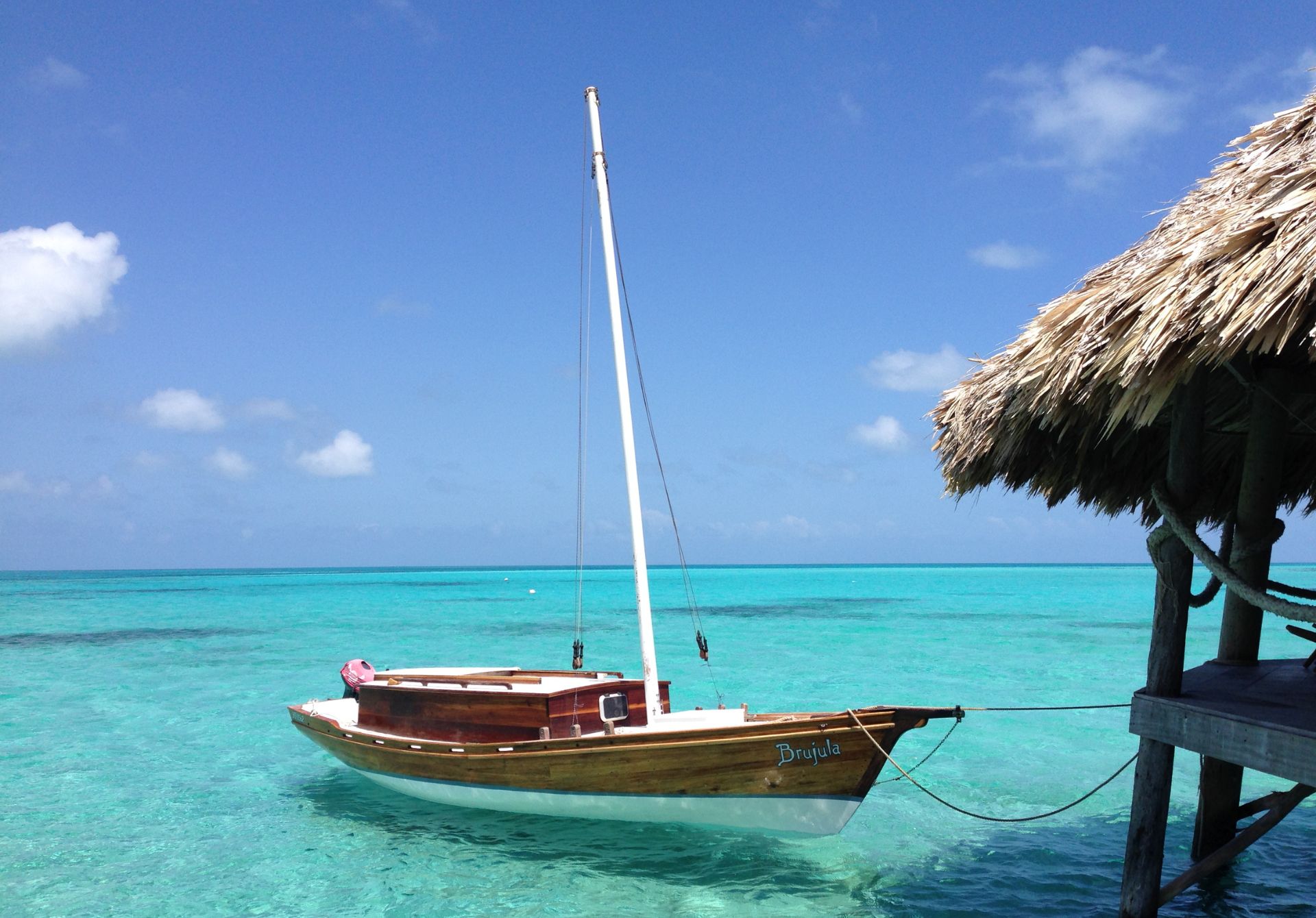Glover’s Reef Atoll, located off the coast of Belize, is one of the most pristine and biologically diverse coral atolls in the world. A UNESCO World Heritage Site, it forms part of the Belize Barrier Reef Reserve System and serves as a haven for marine life. This remote atoll is renowned for its crystal-clear waters, vibrant coral reefs, and diverse ecosystems, making it a must-visit destination for ecotourists, divers, and marine biologists alike.
The Geography of Glover’s Reef Atoll
Glover’s Reef Atoll spans approximately 80 square miles and is situated about 45 miles off the coast of mainland Belize. It is one of three atolls in Belize and forms an oval-shaped coral reef with a central lagoon. The atoll’s unique geography features over 850 patch reefs and five small islands, or cayes, including Northeast Caye, Middle Caye, and Southwest Caye.
The atoll’s structure creates ideal conditions for marine life, with deep oceanic waters on the outside and sheltered lagoon waters on the inside. This diversity of environments contributes to Glover’s Reef’s status as a critical site for marine conservation.
Importance of Coral Reefs
Coral reefs are often referred to as the “rainforests of the sea” due to their rich biodiversity. Glover’s Reef is home to over 700 species of marine life, including 85 species of coral and 500 species of fish. Its thriving reef ecosystem provides shelter, food, and breeding grounds for a variety of marine animals, from tiny invertebrates to larger predators like sharks and barracudas.
Studies have shown that healthy coral reefs, like those at Glover’s Reef, also act as natural barriers, protecting the mainland from storm surges and erosion. This adds to the ecological and economic value of preserving this area.
Marine Life and Biodiversity
Glover’s Reef Atoll is a biodiversity hotspot. Some of the most iconic marine species found here include the critically endangered hawksbill sea turtle, several species of rays, and the endangered Nassau grouper. The atoll is also a vital part of the Mesoamerican Reef, the second-largest barrier reef system in the world, making it crucial for regional biodiversity.
One of the most important aspects of Glover’s Reef is its role as a nursery for several fish species. The lagoon’s shallow, warm waters offer a safe environment for juvenile fish to grow before moving to deeper waters. This makes the atoll not only a local treasure but a key player in the health of the greater marine ecosystem in the Caribbean.
Case Study: The Nassau Grouper Conservation
The Nassau grouper, a species at high risk of extinction due to overfishing, has found refuge in Glover’s Reef. Conservation efforts have been undertaken to protect this vital species, including seasonal fishing bans and habitat protection. These efforts have seen positive results, with a gradual increase in the population of the Nassau grouper, making Glover’s Reef an example of successful marine conservation initiatives.
Ecotourism and Conservation Efforts
Ecotourism plays a significant role in supporting conservation efforts at Glover’s Reef. Divers and snorkelers from around the world visit the atoll to experience its underwater beauty firsthand. To preserve the delicate ecosystem, strict regulations are in place, such as limits on the number of visitors and guidelines for interacting with marine life. Glover’s Reef also serves as a key research site for marine biologists studying coral health, fish populations, and climate change impacts on marine ecosystems.
The Belizean government, in collaboration with non-governmental organizations like the Wildlife Conservation Society, has designated Glover’s Reef as a Marine Reserve. This designation helps to limit commercial fishing, reduce coral damage, and protect endangered species.
Visitor Experience at Glover’s Reef
For visitors, Glover’s Reef offers a wide range of activities. The clear waters are perfect for snorkeling and diving, offering opportunities to see colorful corals, tropical fish, and other marine life up close. The atoll is also a prime location for kayaking, paddleboarding, and sailing, allowing visitors to explore the surrounding cayes and shallow waters. Eco-lodges on the cayes offer a sustainable way to stay on the atoll while minimizing environmental impact.
Glover’s Reef Atoll is not only a natural wonder but also a critical component of marine conservation in the Caribbean. Its unique geography, rich biodiversity, and role in supporting endangered species make it a key ecological treasure. With ongoing conservation efforts and sustainable tourism, Glover’s Reef remains a pristine environment for future generations to appreciate. Protecting this atoll is essential for maintaining the health of the Mesoamerican Reef and the global marine ecosystem.
As climate change and human activity continue to threaten coral reefs worldwide, Glover’s Reef stands as a beacon of hope for marine conservation efforts, showcasing how focused protection and responsible tourism can preserve our planet’s natural beauty.

